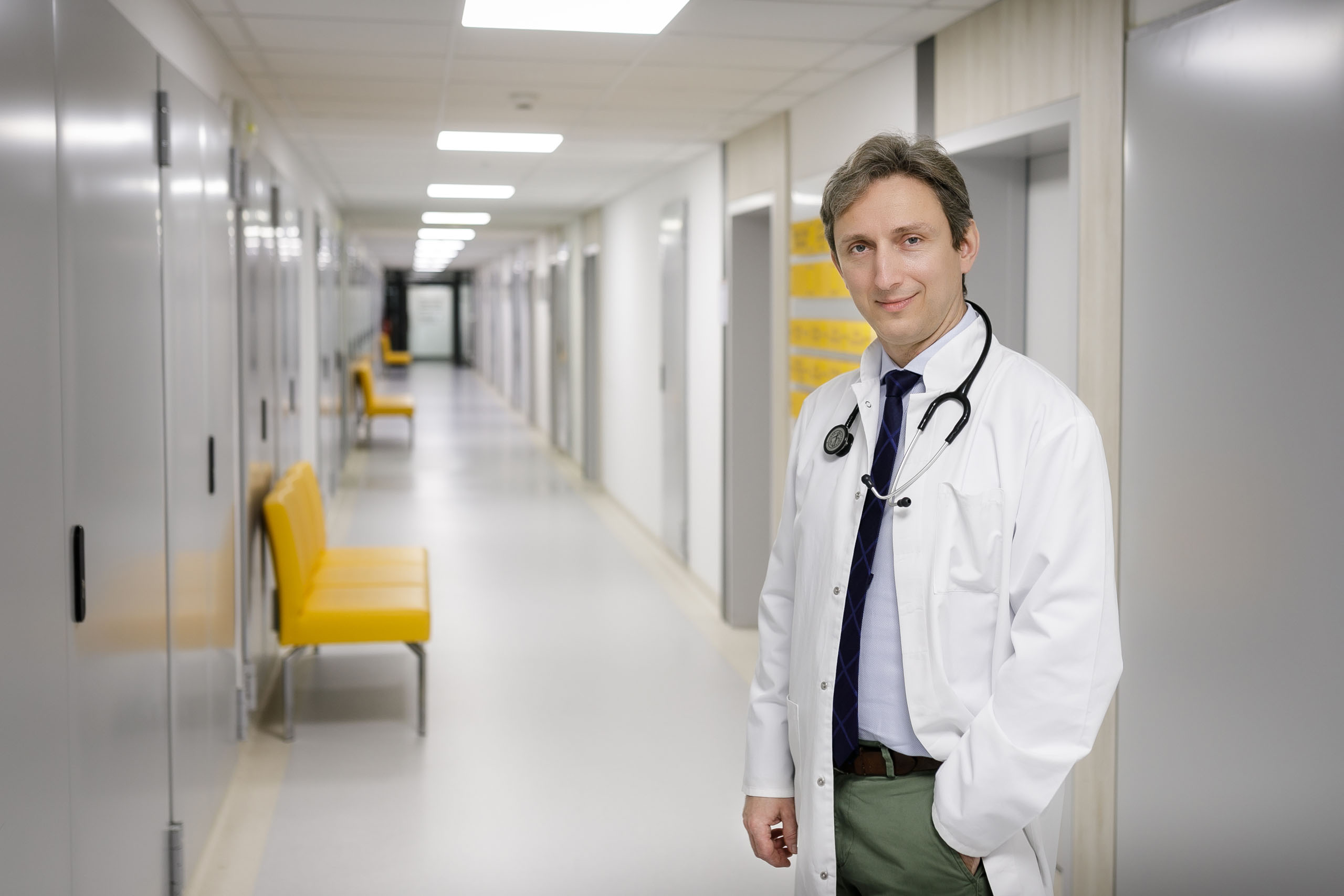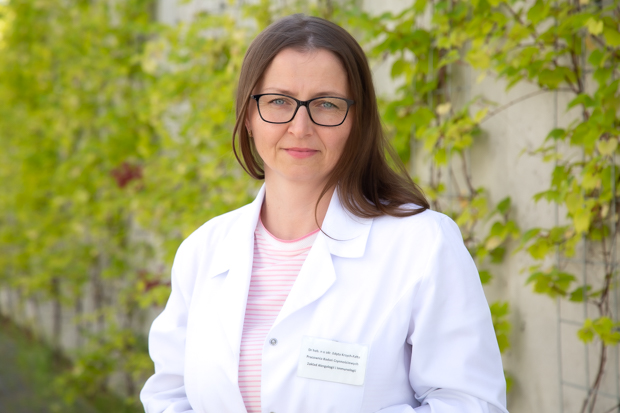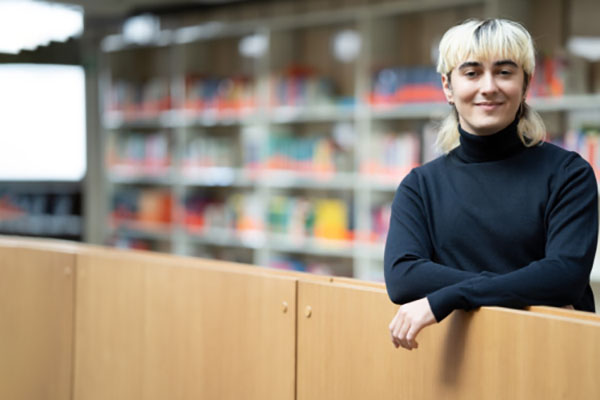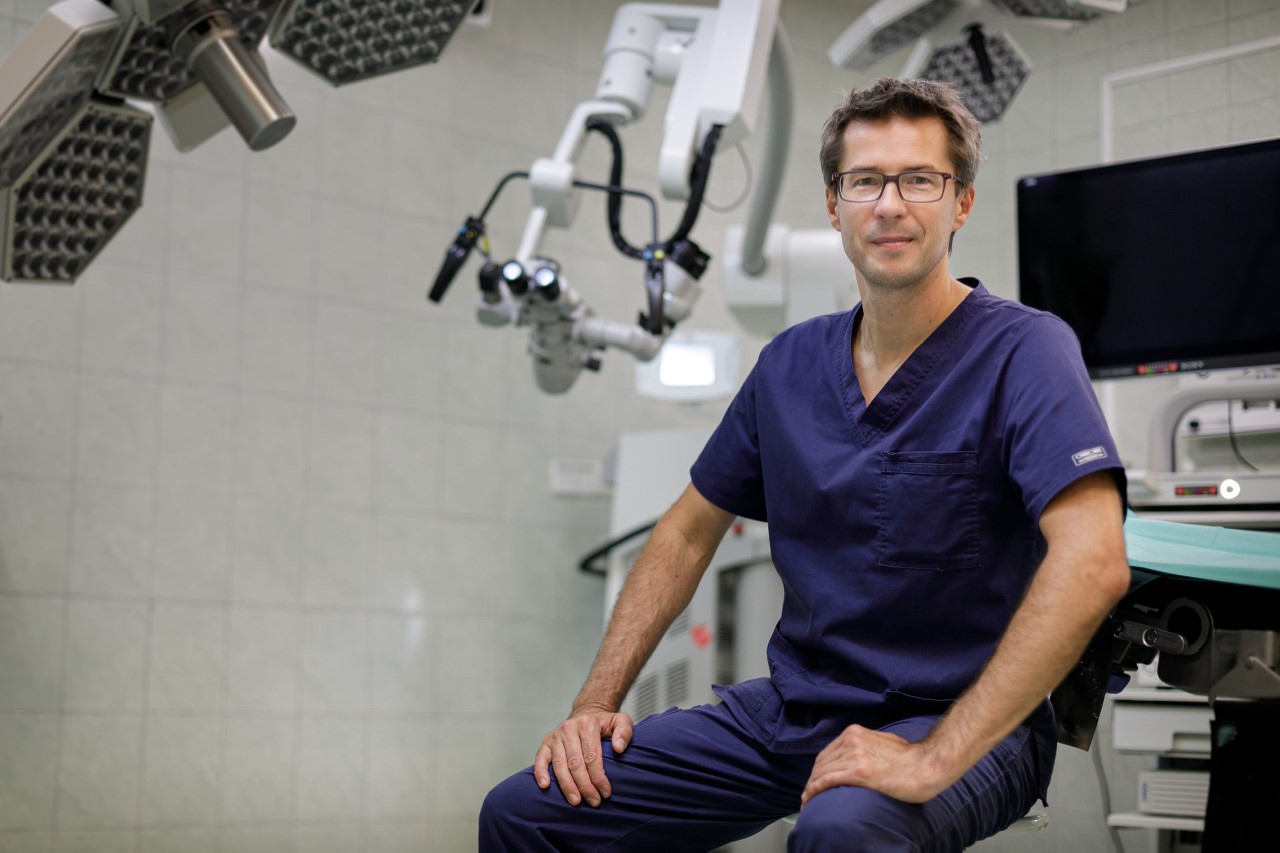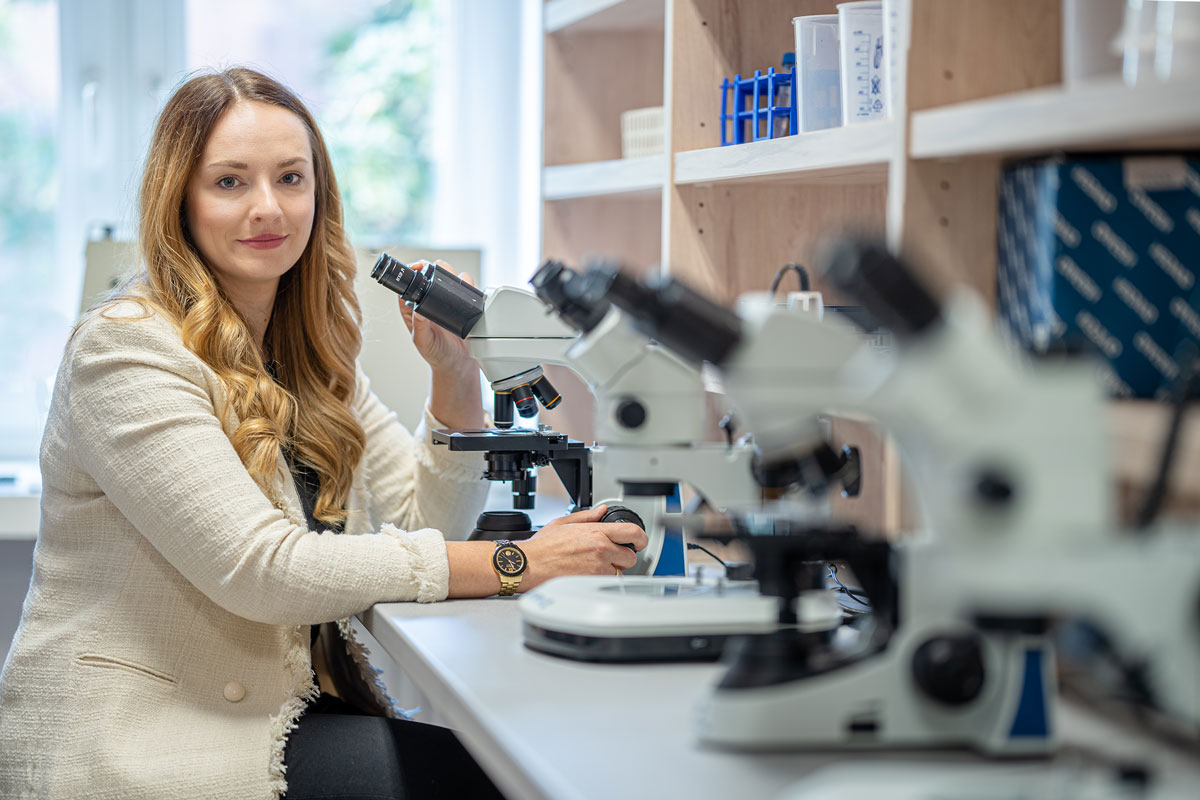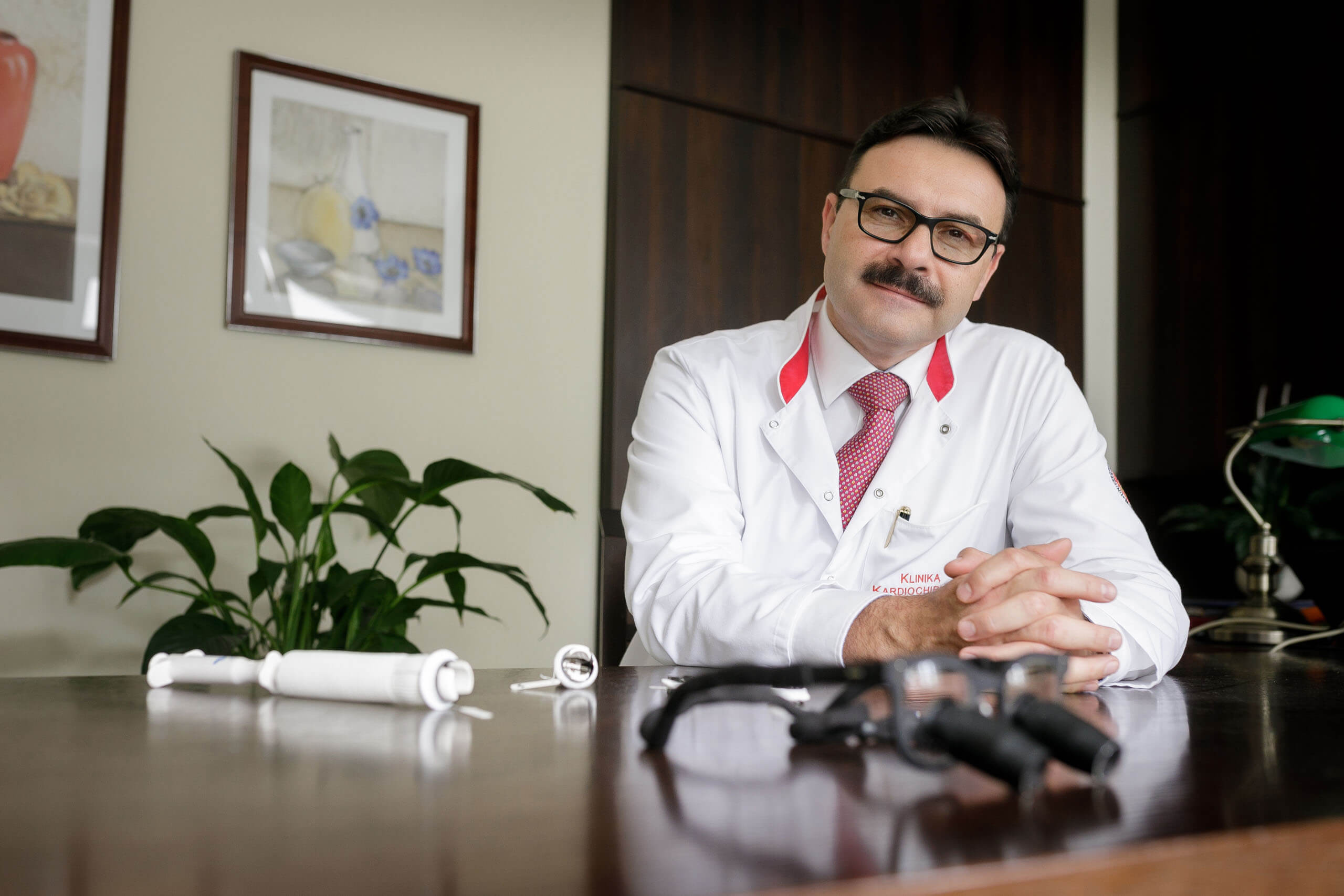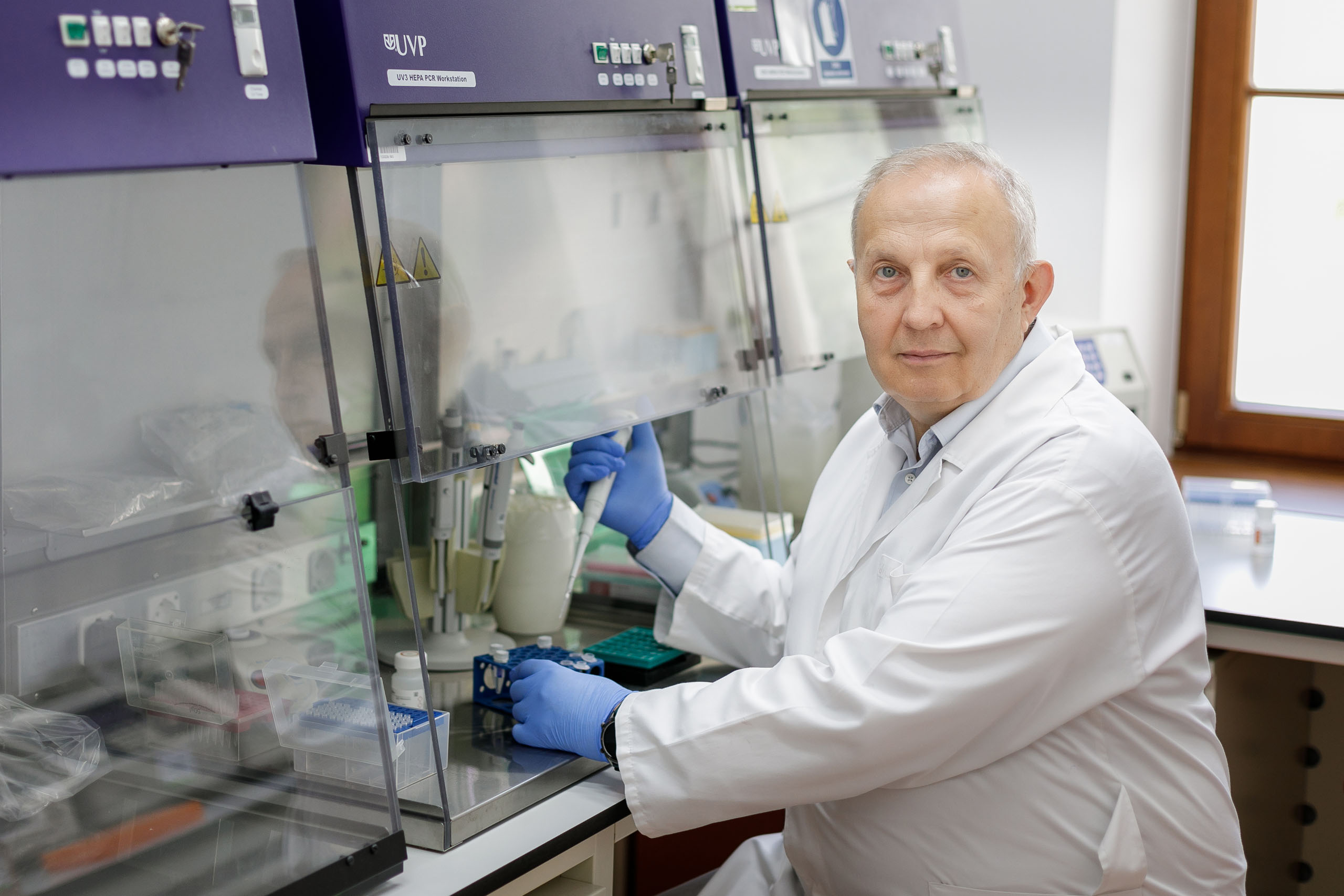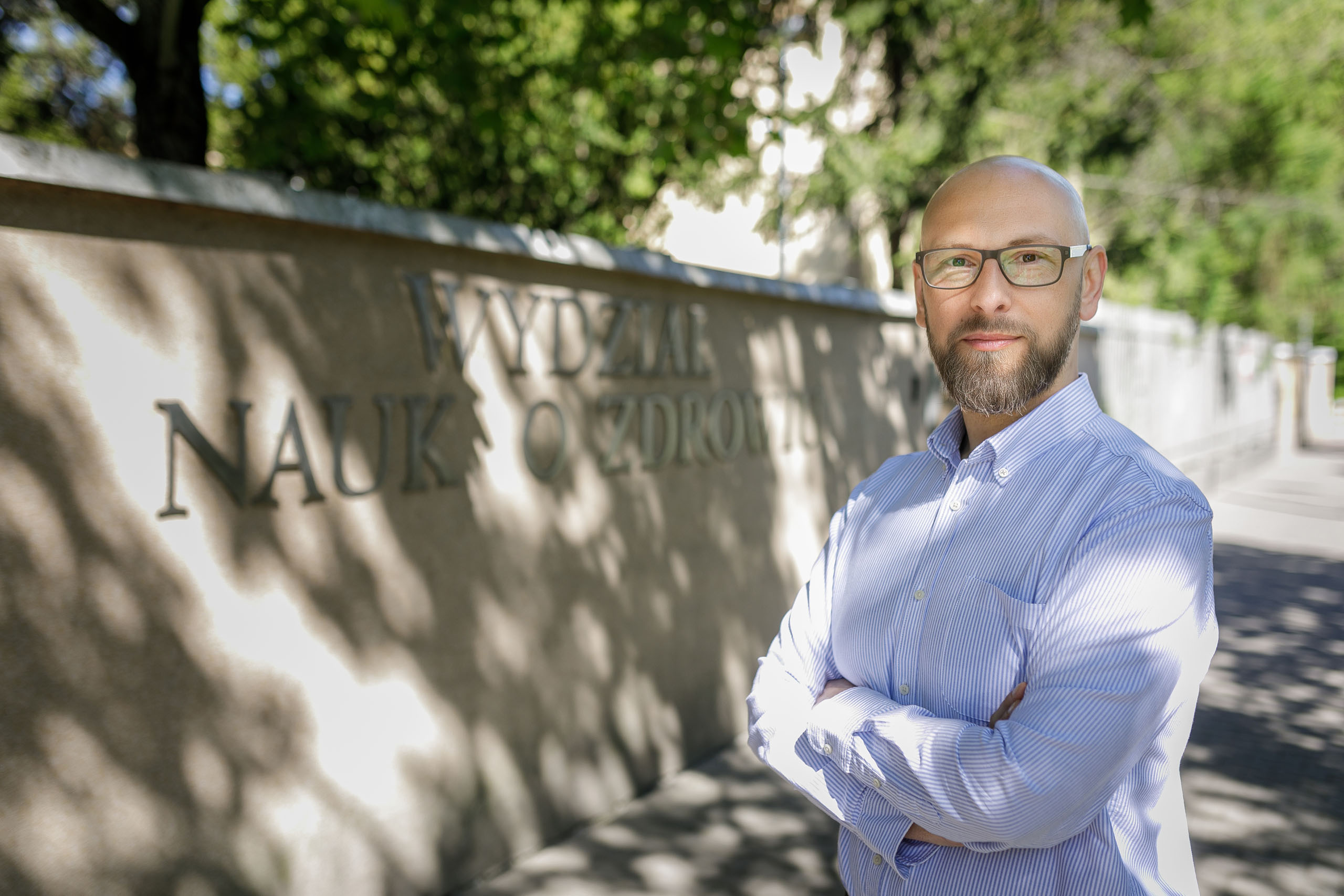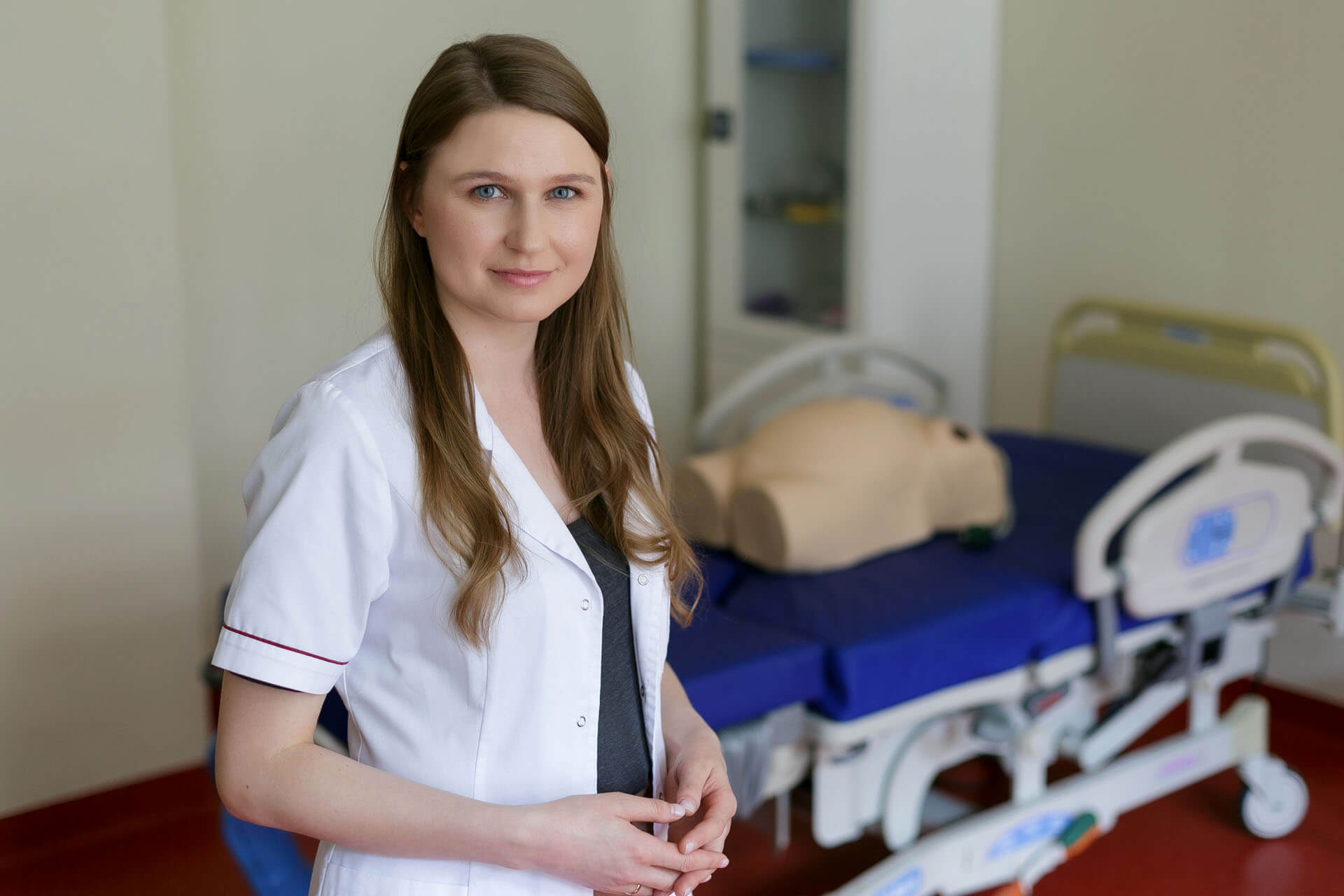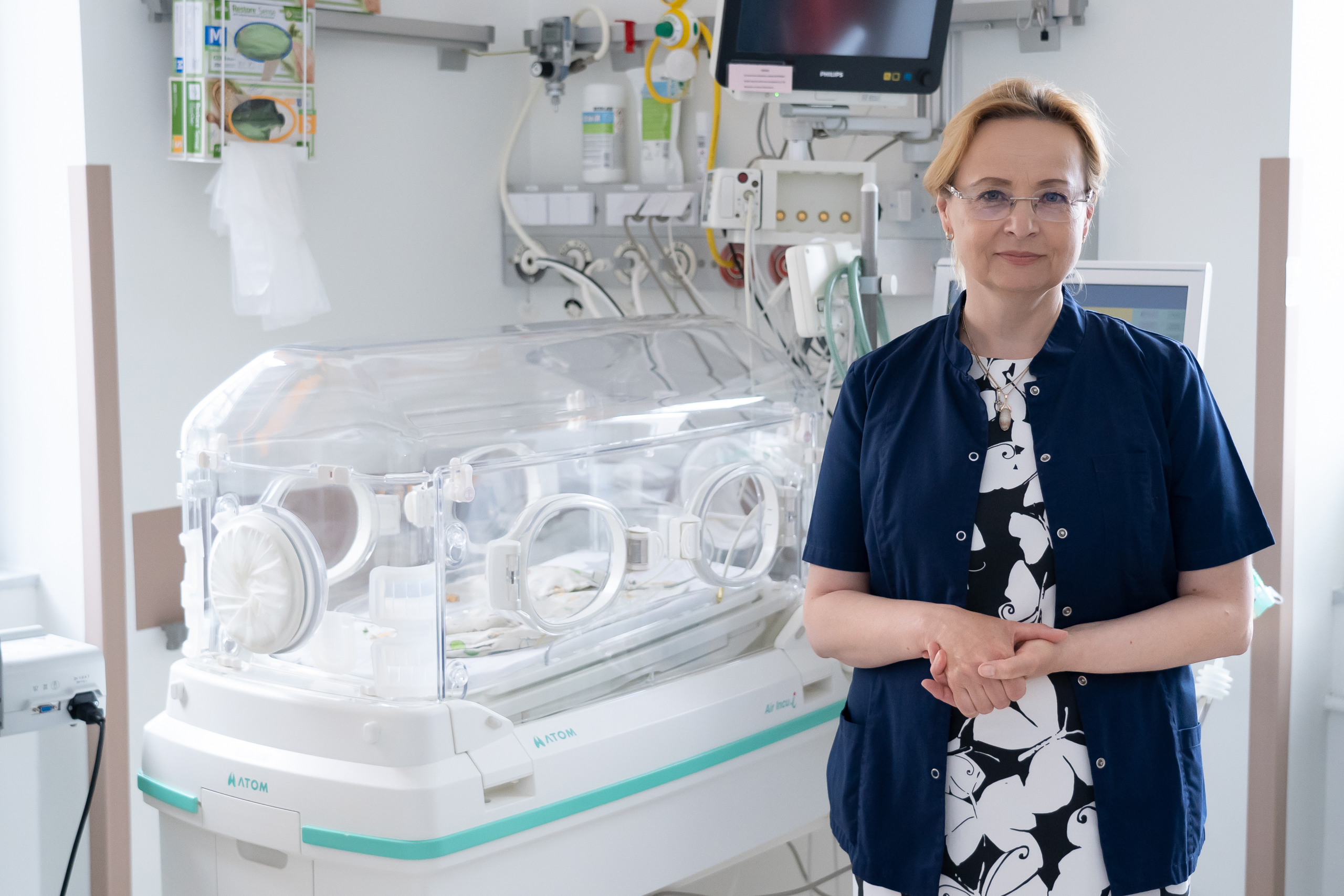Expert Guidance
– For the first time at MUW, we carried out an innovative therapy using genetically modified CAR-T lymphocytes. Its strategy is based on making an anti-cancer drug from the patient’s own immune cells through genetic modification. This type of therapy increases the chances of curing our patient with DLBCL lymphoma increased from five up to over 40 per cent," says Prof. Grzegorz Basak, Head of the Department of Haematology, Transplantology and Internal Medicine.
Indisputably, the intranasal allergen challenge test is the golden standard for the differential diagnosis of rhinitis. It can be stated with complete confidence that, at the current stage of research, it will also be an excellent alternative to the double-blind placebo-controlled food trial in the future, says the environmental health specialist Assoc. Prof. Edyta Krzych-Fałta, PhD in Health Sciences, head of the Department of Basic Nursing of the Medical University of Warsaw.
At the beginning of the academic year, we give the floor to Arkadiusz Kołodziej, a sixth-year medical student at the MUW, a trainee in the prestigious Fulbright program and co-creator of the hospital on the moon project.
Despite the fact it is a nuisance, snoring itself is typically not hazardous. The situation changes however in case of the occurrence of sleep apnoeas. – In cases of persons experiencing 30 apnoeic episodes each hour, mornings may feel as if someone has been trying to suffocate them the entire night. It is a fight for life that is very taxing for the human body. says Dr Wojciech Kukwa, PhD from the Department of Otolaryngology at the Medical University of Warsaw.
Despite the facts that parasites continue to have a severe impact on human and animal health, our knowledge regarding their biology and the complexity of the molecular interactions between the host and parasite still remains very limited to this day. Due to that reason, the research focusing on the molecules which take part in the in the parasite-host interaction is of crucial importaance, both cognitivally as well as practically, writes Anna Sulima-Celińska, PhD from the Department of General Biology and Parasitology at the MUW.
- I hope we are starting a new era in transplantology. And not only at the Medical University of Warsaw, but also in Poland – a conversation with Prof. Mariusz Kuśmierczyk, a cardiac surgeon, a transplantologist from the Department of Cardiac Surgery at the University Clinical Centre of the Medical University of Warsaw, who has performed the first cardiac transplantation with his team at the UCC MUW.
In many court cases, genetic expert opinions are important evidence. These can help, among other things, in establishing the disputed paternity, identifying Jane Doe and in criminal cases. We talk with Associate Professor Ireneusz Sołtyszewski, Head of the Genetic Laboratory at the Department of Forensic Medicine of the Medical University of Warsaw, about what genetic research in forensics consists of and what are its strengths and weaknesses.
We are not all the same. If this were the case, it would be enough to develop one nutritional scheme and we would have a human dietary guide. Meanwhile, a dietician is often needed to check what is good for us. And this specialist will take into account our lifestyle, genetic conditions or possible chronic diseases. Only then can we assess what kind of nutrition will be the best for us, says Bashar El-Helou from the Department of Human Nutrition of the Medical University of Warsaw.
Clinical reasoning is a complex skill that translates into better quality patient care. Recognising the need to improve this skill and enhance clinical decision-making competencies, our University, together with five European centres, is implementing the Clinical Reasoning in Nursing/Midwifery Education and Clinical Practice project. Its aim is to create methods and tools for developing clinical reasoning among nursing and midwifery students.
Transient breathing disorders (including transient tachypnea of the newborn, TTN) develop in up to 10% of neonates who are born after 32-34 weeks of gestation, a little less often in more mature newborns. The risk of these disorders increases in the case of delivery by cesarean section. As the name suggests, they are transient but in some newborns they are severe and always require the use of respiratory support. - We hope that thanks to our research small patients will require ventilation for a shorter time and that it will become possible to prevent the occurrence of pulmonary hypertension often associated with this type of breathing disorders. - says Associate Professor Renata Bokiniec, MD, PhD, the main researcher of the project, head of the Neonatology and Neonatal Intensive Care Clinic of the Medical University of Warsaw.
